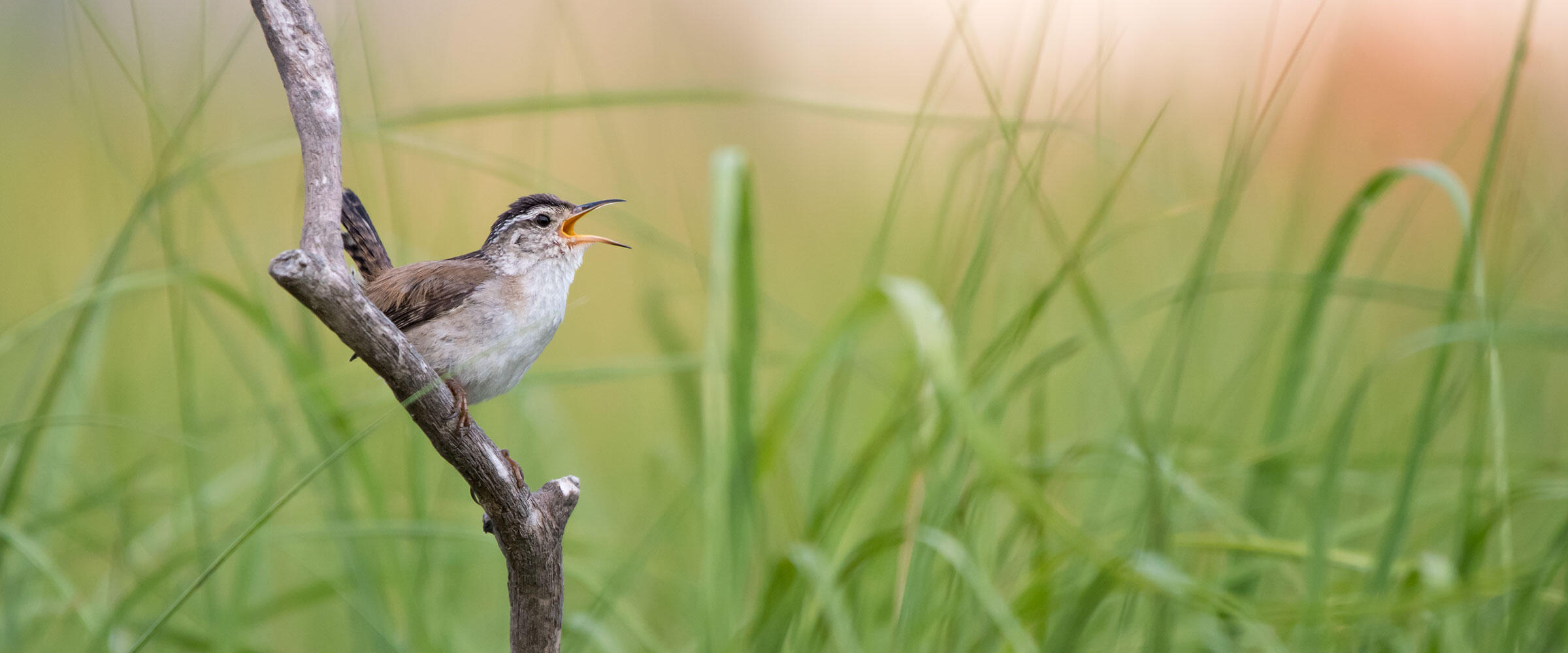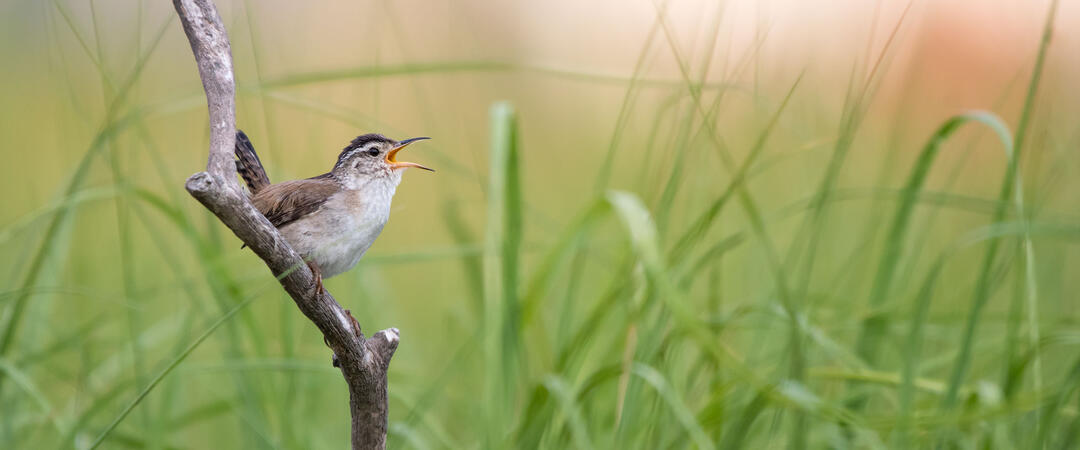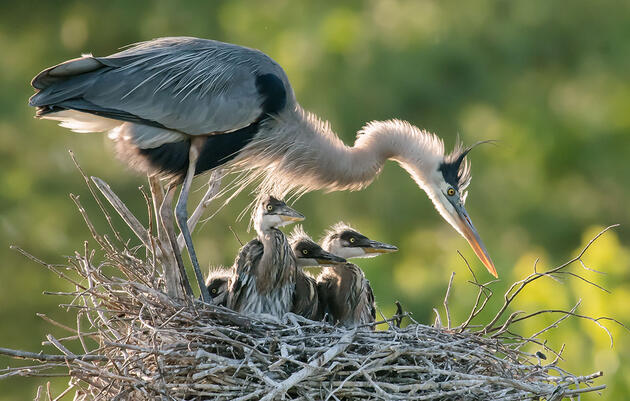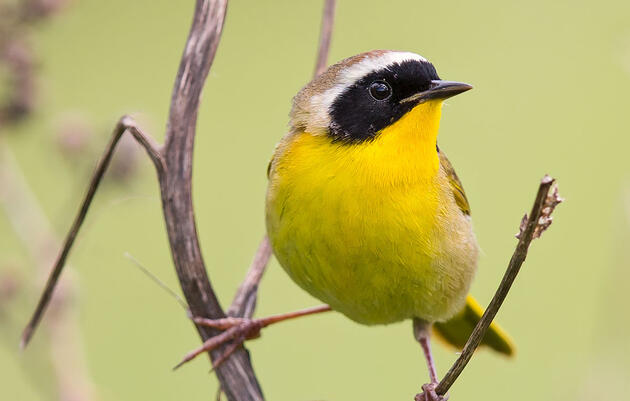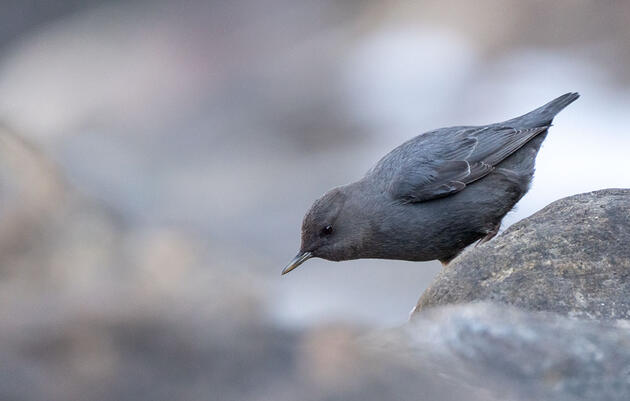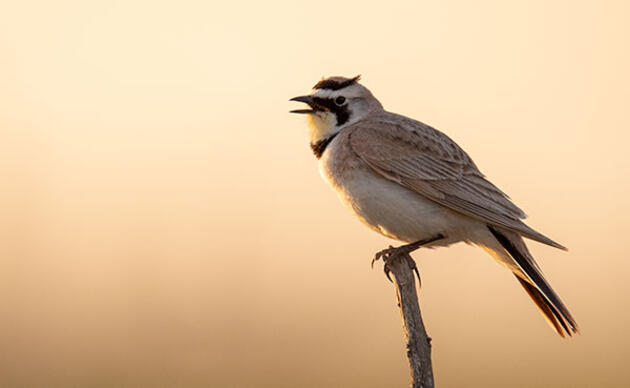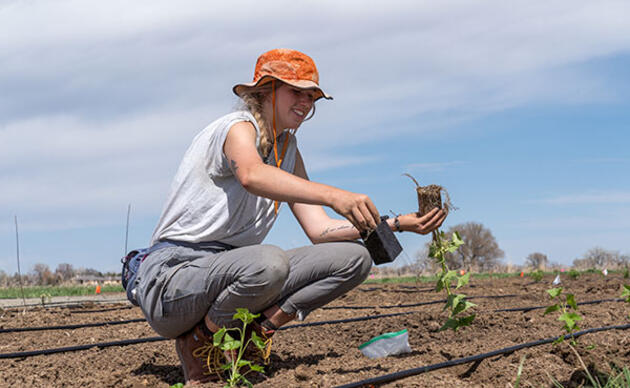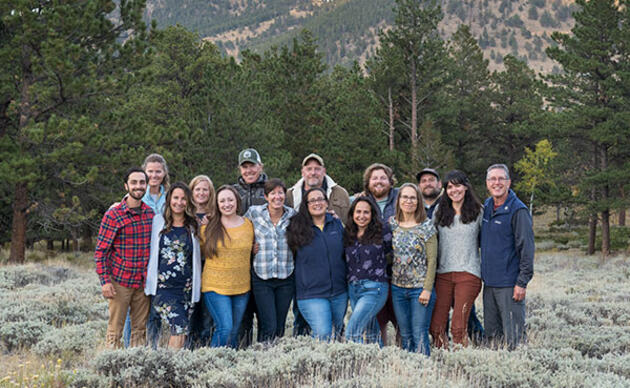November 12, 2021 update: On August 30, 2021, U.S. District Judge Rosemary Márquez, presiding in the District of Arizona, granted a request by the United States for voluntary remand of the Navigable Waters Protection Rule to allow for reconsideration of the rule by the U.S. Environmental Protection Agency and U.S. Army Corps of Engineers. This is an evolving situation that Audubon is actively engaged with.
March 9, 2021 update: The 10th Circuit Court of Appeals granted Colorado two months to get ready for the Navigable Water Protection Rule to go into effect. This means it’s not in effect now but will be on April 23, 2021.
Healthy Freshwater Ecosystems for Birds and People
Wetlands and streams provide critical habitat for Colorado’s 400+ species of birds. Regardless of their size or frequency of flow, they are connected to downstream waters and strongly influence their function. People, birds, and other wildlife gain many beneficial ecological services and functions from freshwater ecosystems. For example, Coloradans rely on clean drinking water from either surface water provided by rivers or groundwater. Freshwater ecosystems facilitate connections with both.
The Trump administration’s Navigable Water Protection Rule (NWP Rule) was in effect in 49 out of 50 states. The rule, which Audubon opposed, removes protections for at least 18 percent of the country’s streams and 51 percent of its wetlands that could now be filled in or polluted under the rule. Essentially, the NWP Rule redefined what is considered “waters of the United States” (WOTUS) that federal agencies protect under their Clean Water Act authorities to block discharges of pollutants without a permit.
Colorado was the only state with a stay in place while courts reviewed.
Shortly after the Biden administration took office, the Department of Justice asked all courts considering challenges to the NWP Rule to hold off on making additional rulings while they reevaluated the agencies’ litigation arguments. On Monday, March 1, 2021, the 10th Circuit denied this request, and the next day, the court issued an opinion reversing the district court's preliminary injunction of the 2020 WOTUS Rule in Colorado.
What Does This Mean for Coloradans, Birds, and Wildlife?
At least a quarter of Colorado’s water resources (surface streams, lakes—including playas—and wetlands—including fens) are now in jeopardy because the NWP Rule now applies in Colorado, along with the rest of the country. The NWP Rule’s rollback of Clean Water Act applicability effectively removes protections from a quarter of Colorado’s stream miles and wetlands acres that may receive discharges from construction activities.
Birds use lakes, tributaries, streams, ponds, wetlands, and other water bodies for breeding, nesting, and raising young. These water bodies provide crucial sources of drinking water and food, stop-over locations during migration, and needed shelter as they seek protection from predators and harsh weather.
New Trout Unlimited and Nature Conservancy mapping show what reduced protections for Colorado’s streams and wetlands look like under the NWP Rule:
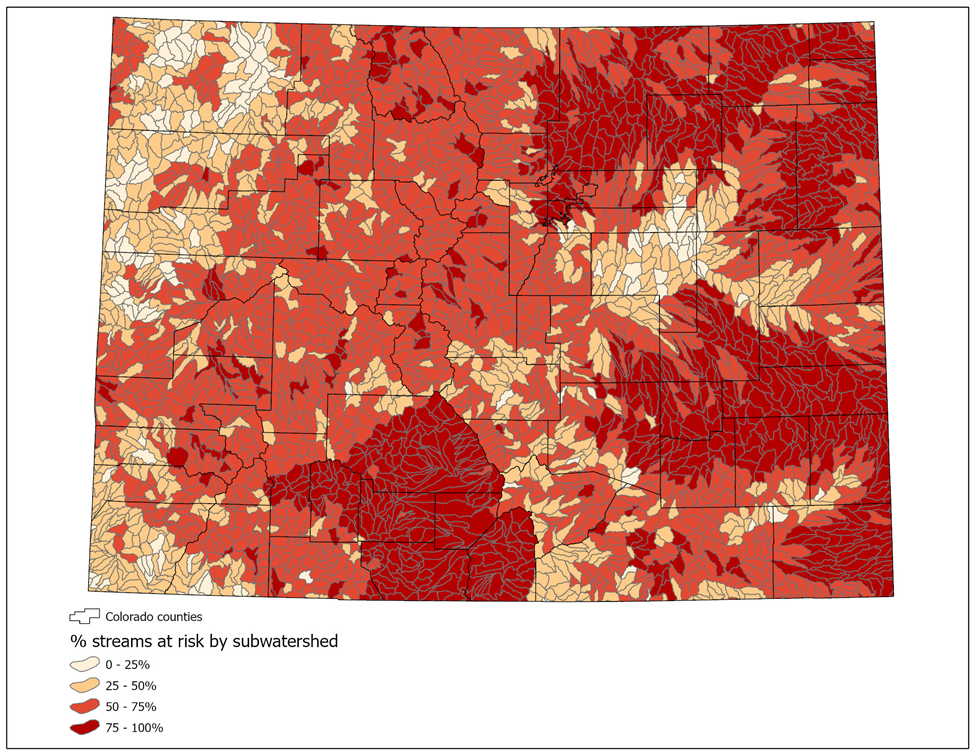

Rivers are the most impacted ecosystems worldwide, and freshwater ecosystems are experiencing a stronger rate of biodiversity loss than ever. Since the arrival of Euro-American settlers, nearly half of Colorado wetlands have been lost due to a variety of human activities (USGS, USFWS).
Ready for Action
At a time of historic drought and wildfires, we must protect and increase the resilience of Colorado’s water resources to climate change impacts and enhance habitat for birds and other wildlife. Audubon and our partners will support action from the Colorado legislature to establish a new program to permit construction activity discharges of dredged and fill materials to these newly unprotected state wetlands and streams. Colorado needs such a program to safeguard our “gap” water resources now left at risk from reduced federal protections and retain federal exemptions for agricultural activities. A state program can efficiently and effectively provide a level of protection similar to what the federal agencies previously provided for wetlands and streams critical for drinking water, wildlife habitat, and provide world-class recreation opportunities.
Water connects us all. Incremental contributions of individual streams and wetlands are dynamic and cumulative across entire watersheds, and they have effects on people, birds, and other wildlife downstream. We know that a targeted and strategic state program will result in positive outcomes for both people and birds. We need you, the Audubon network, to stand vigilant and respond when asked to support a gap-filling Colorado clean water permitting program.
Read this note from Audubon Colorado Council’s Water Taskforce Chair, a retired EPA senior water resources scientist, on why we must restore protections to Colorado's streams and wetlands.

